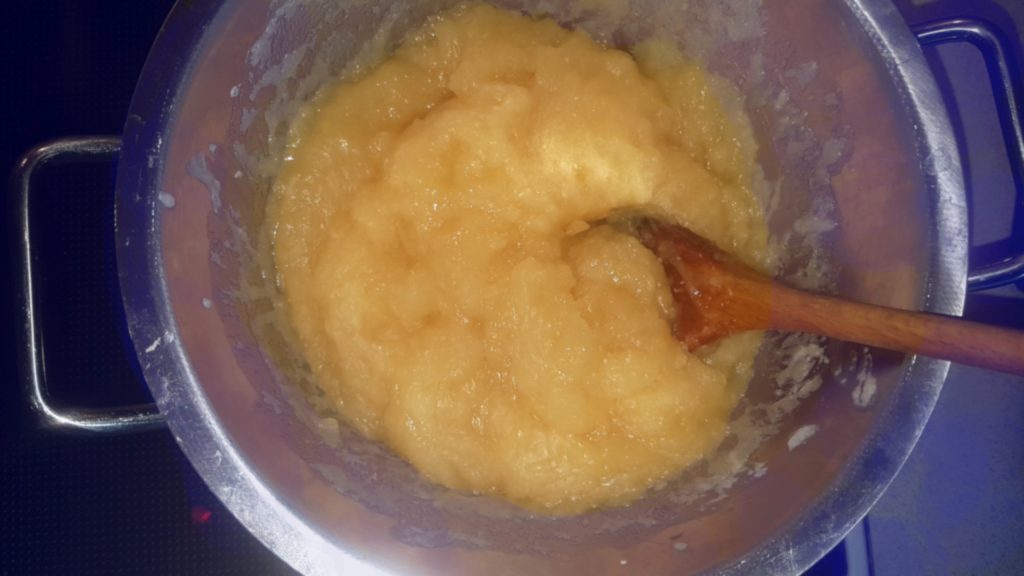In this post, we collect all the knowledge about rebatching and put it together as a guide. Some of the content is therefore made by YouTubers that we are not associated with but recommend.
What is Rebatch soap?
To rebatch soap means to make a new batch of soap with pre-made soap. It can be made by you or someone else. To use melt and pour soap is really a kind of rebatching soap.
Why rebatch soap?
- Upping the superfat by adding more oils or butter
- Forgotten ingredients like scents or color
- Fixing other mistakes like bubbles in the soap
- Recycling and reuse soap scraps
- Using old soap as homemade melt and pour
- Use fewer amounts of fragrances or essential oils
- Use colors that are extremely ph sensitive and otherwise can´t be used for soap
- Use additives that are otherwise affected or turned brown by the lye (like lavender buds)
- Use light or delicate fragrances that would otherwise disappear due to the lye
- Use additives that will be melted by the gel stage (like jojoba beads)
If there is a problem with your soap, you need to determine what that is before you rebatch and fix it.
Is it too oily or too hard?
Has is got to much plant material in it?
Is it crumbly?
You need to know what is wrong, so you can add the ingredients needed.
Cons of rebatching
- The aesthetics of the soap is a bit “rustic” and looks more like hot process soap
- Working with rebatched soap is like working with petroleum jelly. It is harder to shape than cold process soap
- It can be difficult to color a soap that has already been colored. The same goes for adding a new scent to an already scented batter
When can I Rebatch cold process soap?
You can rebatch your cold process soap as soon as it is firm enough to grate or cut into small chunks. It does not have to go through the complete curing phase, but you should let it cure after the rebatch if it has not.
Can I Rebatch hot process soap?
Yes, you can definitely rebatch hot process soap as well as cold process soaps. This can actually be helpful if you would like to play around with the batter and make complicated designs or techniques. You can add a little water and make the batter more fluid.
Can I Rebatch hard soap or soap containing salt?
Yes you can, just grate it fine and chose the rebatch method you like. Hard soap does not become very liquid by itself, so you will have to ad some water or other liquid from the beginning of the melting process.
Liquids for rebatched soap
When we rebatch our old soap or scraps, we need to add liquid. You can use any kind of liquid that is used for soap and the temperature isn’t really important.
- Water (any extracts, like herbal tea, in water)
- Any kinds of milk
- Vinegars
- Alcohol
- Oil and infused oil (remember it will superfat your batch)
- Vegetable butters (remember it will superfat your batch)
- Other fats like petroleum jelly
How much liquid is needed for rebatching soap?
This is a hard question because it depends on how dry your soap is and what you want to do with it. A day-old batch will need less liquid than a year-old batch. If you want to color the soap with a powdered dye, this will take some liquid to get mixed in evenly.
You want to have just enough liquid to thoroughly moist the grated soap, and you probably need to add more moisture during the rebatching process. But you also want it to be as dry as possible to minimize the time needed for the soap to set in the mold.
When can I use my rebatched soap?
Many people ask how long it takes Rebatched soap to cure, but the soap has already saponified and cured, so your rebatched soap is ready to use when it has dried. How long it takes for a rebatched soap depends on various factors:
- How big is your mold?
- How much water did you add?
- Is it a hard or a soft soap (your ingredients)?
- At what temperature did you rebatch?
- What is the temperature and humidity where it is stored?
Easy Microwave oven rebatch
Tips

Grate your soap to make it melt easier. This will prevent it from overheating in the microwave oven. The soap can burn easily in a microwave oven, so we recommend only heating for 30-60 seconds at a time. Take the batter out, stir it, and add more liquid if needed between heating.
Rebatch soap using a pot
This is a very simple method to rebatch soap. We would probably make the batter a little more fluid before molding it.
Be careful with the temperature so you do not accidently fry the soap.
Rebatch soap using a slow-cooker
This is the most described and maybe also the most common way of rebatching soap. But it is also the most time-consuming. The soap batter is not as likely to overheat as with the other methods.
She talks about stages of the batter in this video, but what we aim for is just a nice equal melted batter. There is no need to cook it for a long time, unless the soap is not already cured.
Rebatch soap in an oven
Rebatching in an oven is very easy. Just grate the soap in an oven dish, add liquid of your choice and bake for 30 minutes. Stir the soap, add more liquid if needed and give it about 30 minutes more. Oven temperature is approx 200℃ 392.0000℉



